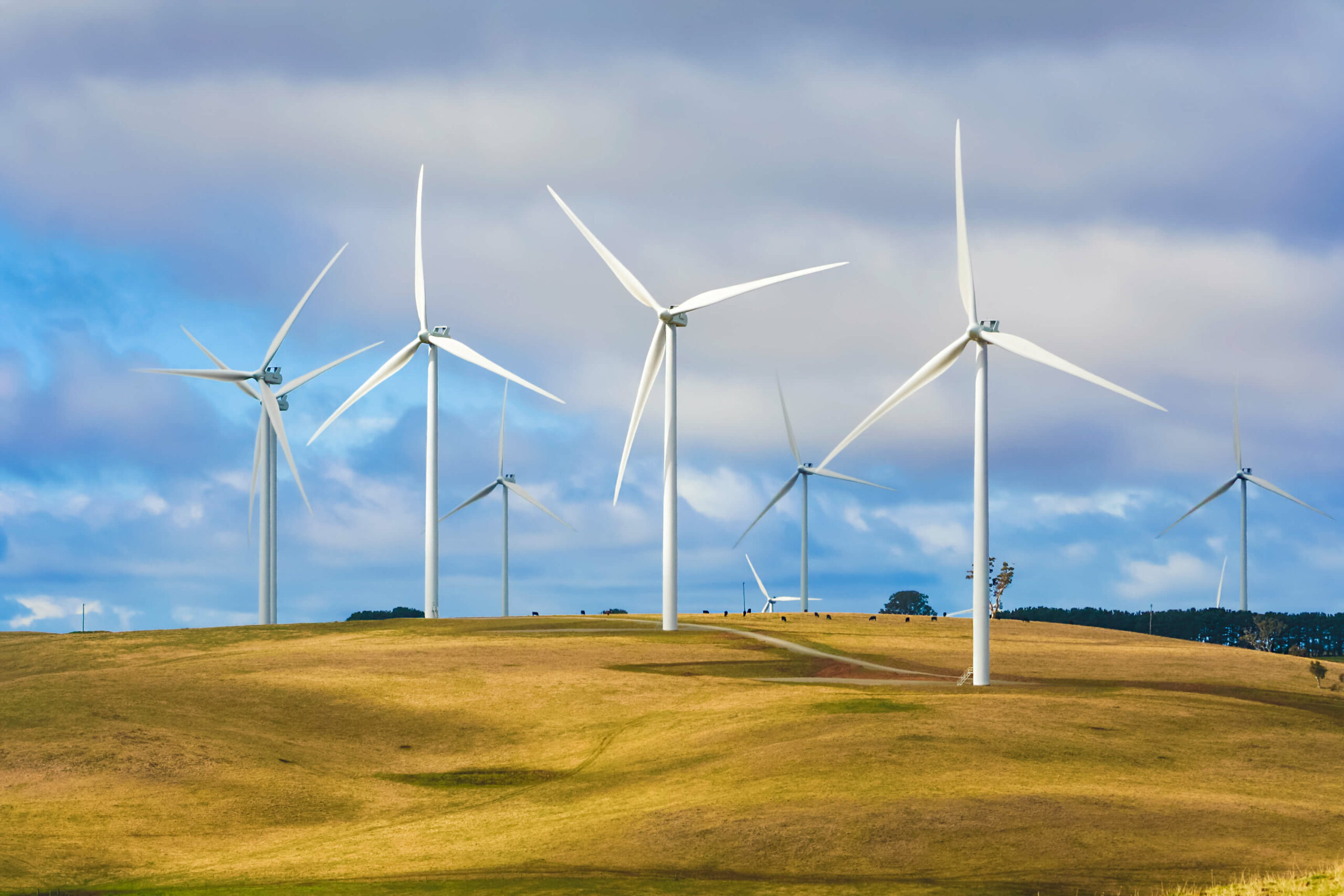Loads, Aerodynamics and Control of Wind Turbines
Overall Course Objectives
To give the students advanced competencies in modelling and analysing the structural dynamics, aerodynamics, aeroelastic characteristics and control of wind turbines using analytical and numerical methods, thereby creating a basis for evaluating the loads-performance trade-off during wind turbine design.
Learning Objectives
- In a team, aerodynamically redesign the rotor of a reference turbine for a different wind class and evaluate the quality of the resulting design
- Evaluate how the design’s aeroservoelastic response affects turbine production and lifetime loads and hypothesize how the design could be improved
- Explain the wind turbine control objectives and how a controller is designed to achieve these objectives
- Calculate the structural, aeroelastic and aeroservoelastic modes of an operating wind turbine and explain the differences between them
- Tune a wind turbine controller and evaluate its performance with an aeroelastic simulation code
- Explain how the different parameters such as tip-speed ratio, lift-drag values and the lift coefficient affect the aerodynamic design and performance of rotors
- Explain which external loads affect a specific load channel in the turbine and sketch the mean loads versus wind speed
- Simulate a standard design load basis for a redesigned turbine and use it to calculate lifetime loads
- Plot and analyse short-term extreme (fatigue) loads versus wind speed and explain how they affect the calculated lifetime extreme (fatigue) loads
- Orally present knowledge related to aeroservoelastic wind turbine design
Course Content
This course uses the skills learned in 46300 and 46310 as a springboard to deepen students’ practical knowledge of the interaction between aerodynamics, loads and controls during turbine design. During the course of the semester, the students will work in groups to redesign the DTU 10 MW Reference Wind Turbine for a different wind class. The following topics will be covered: methods for redesigning a wind turbine rotor, wind turbine control basics and controller tuning, wind turbine dynamics and aeroelastic mode shapes, lifetime load calculations (fatigue + extreme), wind turbine certification standards and more.
The theories, sub-models, and methods introduced in this course are applicable for general modelling and analysis of wind turbines; however, the students will work with the HAWC software (HAWC2S/HAWC2/HAWCStab2) for aeroelastic simulations (HAWC2), aeroelastic modal analysis of wind turbines (HAWCStab2) and controller tuning (HAWC2S).
Recommended prerequisites
46300/46310, Students are recommended to have taken 46300 and/or 46310 and be comfortable programming in Python. Knowledge of structural dynamics and aerodynamics is required, and knowledge of wind turbine technology, wind turbine aerodynamics and basic control theory (PI controller) is highly recommended.
Teaching Method
Lectures and group work on reports (3-4 students per group)





